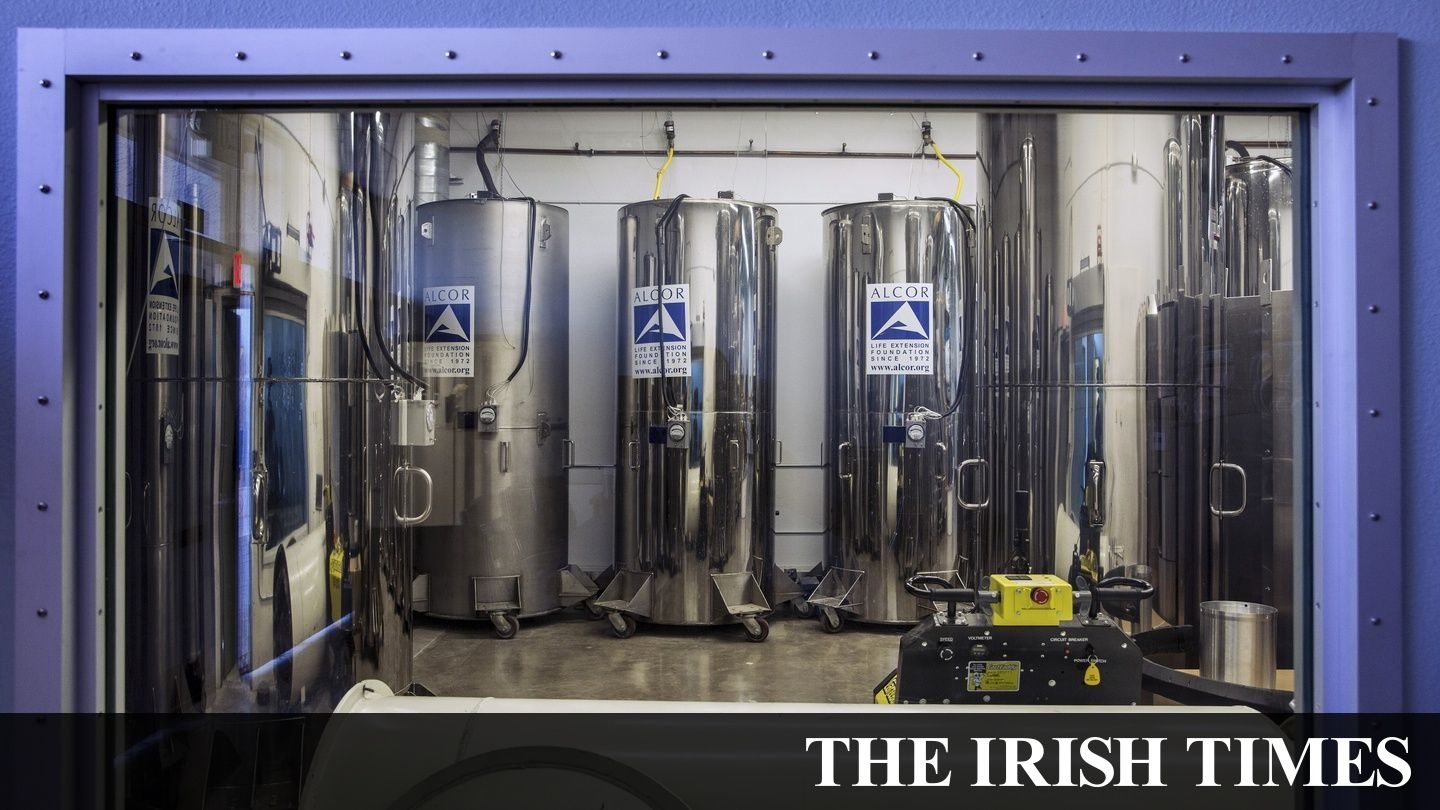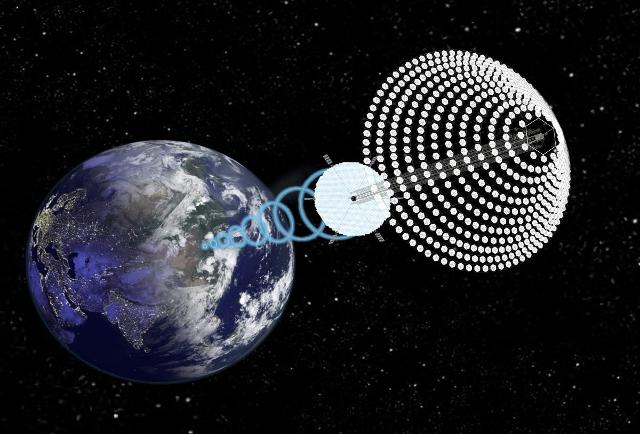3 Christian articles/sites w/ #transhumanism in it: http://www.christianpost.com/news/google-directors-hope-for-…in-177809/ & http://straightoutthegate.com/tech-savings-gate/zoltan-istva…has-to-go/ & https://blogs.lcms.org/2017/storming-gates-paradise
Google’s director of engineering is saying implanting computers “inside our brains” is upon us, words theologians and Christian bioethicists consider a “slap in the face” to Christ and would result in horrific human rights violations.
According to the Daily Mail, Ray Kurzweil, a futurist who works on Google’s machine learning project, said at the South by Southwest conference taking place this week in Austin, Texas, that by the year 2029, technological “singularity” will be achieved, the complete merging of human and computer intelligence.
By that time “computers will have human-level intelligence,” Kurzweil said in an interview with South by Southwest. “That leads to computers having human intelligence, our putting them inside our brains, connecting them to the cloud, expanding who we are.” The joining together of human beings and computer technology at this level, he maintained, will make people “funnier,” “sexier,” and will “exemplify all the things that we value in humans to a greater degree.”
But bioethicists and theologians who spoke with The Christian Post could not disagree more fervently.







